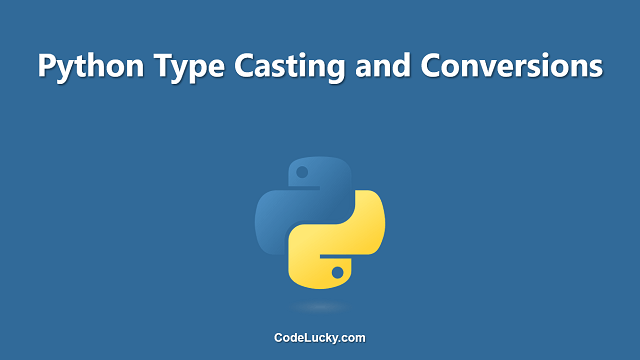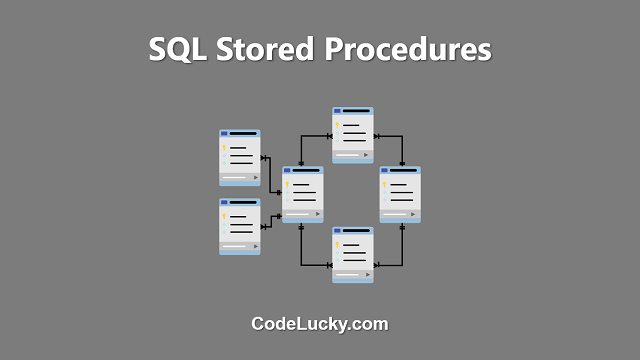In Python, type casting refers to the process of converting one data type to another. For example, converting an integer to a string, a float to an integer, etc. This is an important concept in Python programming, as it allows for greater flexibility in how data is stored and manipulated in a program. There are two main ways to perform type casting in Python: implicit casting and explicit casting. Implicit casting occurs when the Python interpreter automatically converts data from one type to another, based on the context in which the data is used. Explicit casting, on the other hand, involves explicitly converting data from one type to another using built-in functions or methods. In this article, we will discuss the various type casting and conversion techniques available in Python and provide examples of each.
Implicit Type Casting
Implicit type casting in Python occurs when the interpreter automatically converts data from one type to another based on the context in which the data is used. For example, if a float is used in a mathematical expression with an integer, the float will be implicitly cast as an integer:
>>> 3 + 4.5 7.5
In the example above, the float 4.5 is implicitly cast as an integer in the mathematical expression. This is because floats and integers can be used together in mathematical expressions in Python.
Explicit Type Casting
Explicit type casting in Python involves explicitly converting data from one type to another using built-in functions or methods. Some common explicit type casting functions in Python include int(), float(), str(), and bool(). Here are some examples of explicit type casting in Python:
>>> int(4.5) 4 >>> float(4) 4.0 >>> str(4) '4' >>> bool(0) False >>> bool(1) True
In the examples above, we use the int(), float(), str(), and bool() functions to explicitly convert data from one type to another.
Type Conversion using Type Constructors
Another way to perform type casting in Python is to use type constructors, such as int(), float(), str(), and bool(). Type constructors are functions that return objects of a specific type. For example, the int() function returns an integer object, while the str() function returns a string object. Here are some examples of using type constructors for type casting in Python:
>>> int(4.5)
4
>>> float("4.5")
4.5
>>> str(4)
'4'
>>> bool("True")
True
>>> bool("False")
True
>>> bool("")
False
In the examples above, we use the int(), float(), str(), and bool() functions as type constructors to perform type casting in Python. It’s important to note that the type constructors can only perform type casting if the data being cast is of the correct type. For example, attempting to cast a string that is not a valid float to a float using float() will result in a ValueError.
Converting between Numeric Types
In Python, it is possible to convert between different numeric types, such as integers and floats. This can be useful when dealing with large numbers or precise calculations that require the use of floating-point numbers. Here are some examples of converting between numeric types in Python:
>>> float(4) 4.0 >>> int(4.5) 4 >>> int(4.9) 4 >>> round(4.9) 5
In the examples above, we use the float() and int() functions to convert between different numeric types in Python. It’s important to note that when converting from a float to an integer, the decimal part of the float will be truncated, not rounded. However, the round() function can be used to round a float to the nearest integer.
Converting between String and Numeric Types
In Python, it is possible to convert between strings and numeric types, such as integers and floats. This can be useful when working with data that is stored as strings but needs to be used as numbers in calculations or when formatting numbers as strings for display purposes. Here are some examples of converting between strings and numeric types in Python:
>>> int("4")
4
>>> float("4.5")
4.5
>>> str(4)
'4'
>>> str(4.5)
'4.5'
In the examples above, we use the int(), float(), and str() functions to convert between strings and numeric types in Python. It’s important to note that when converting from a string to a numeric type, the string must contain a valid representation of the desired type. Otherwise, a ValueError will be raised.
Converting between Boolean and Numeric Types
In Python, it is possible to convert between booleans and numeric types, such as integers and floats. This can be useful when working with data that is stored as booleans but needs to be used as numbers in calculations or when formatting booleans as numbers for display purposes. Here are some examples of converting between booleans and numeric types in Python:
>>> int(True) 1 >>> int(False) 0 >>> float(True) 1.0 >>> float(False) 0.0 >>> bool(1) True >>> bool(0) False
In the examples above, we use the int(), float(), and bool() functions to convert between booleans and numeric types in Python. It’s important to note that when converting from a numeric type to a boolean, only the values 0 and 0.0 are considered false, all other values are considered true.
Conclusion
In this article, we discussed the various type casting and conversion techniques available in Python. We covered implicit and explicit casting, using type constructors, converting between numeric types, converting between strings and numeric types, and converting between booleans and numeric types. Understanding type casting and conversions is an important part of programming in Python and allow for greater flexibility in how data is stored and manipulated in a program.







